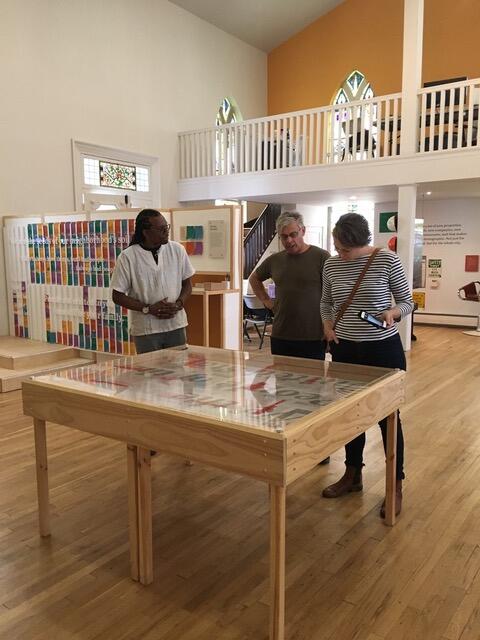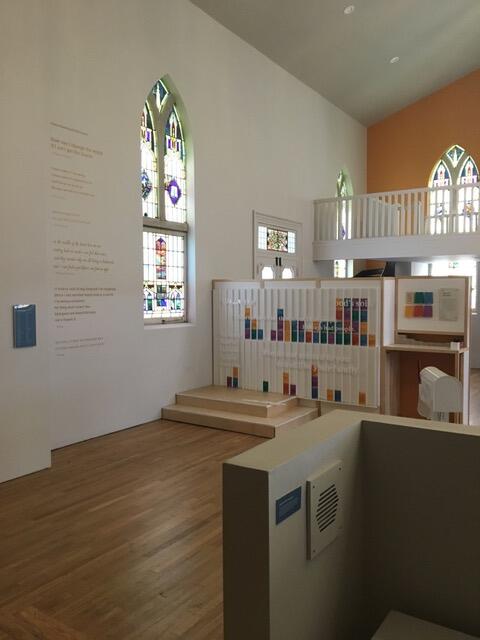I Lived, We Live, What Did We Miss

I Lived, We Live, What Did We Miss

Design students set out to work with residents in Pittsburgh’s Hazelwood neighborhood to better understand how personal losses due to gun violence affects a community’s identity and how, in the aftermath of such significant loss, people’s memory of a place changes over time. As a class, we worked together with the community to understand how these inequalities result in misunderstanding, racism, and loss of social capital. Over three months, students collect artifacts and stories that helped shape a meaningful narrative in a fixed environment (an exhibition in a church) that allowed individuals a space to convey and share the voices of forgotten lives, hopes, and dreams.
I Lived, We Live, What Did We Miss exhibit that was installed in the sanctuary of the Keystone Church of Hazelwood. The exhibit describes the journey of Hazelwood and asks society how “we” have arrived to a world with such systemic loss. The exhibit questions the larger forces in our society, while bringing to light personal stories of loss.
The Greater Hazelwood community has benefited in a number of ways from the I Lived, We Live, What Did We Miss exhibit that was installed in the sanctuary of the Keystone Church of Hazelwood. The exhibit was vis-ited by literally thousands of people. People from 19 countries came to see the exhibit. Those countries were: Zimbabwe, Ghana, Nigeria, England, New Zealand, China, Japan, South Korea, Taiwan, Russia, Germany, Dominican Republic, Puerto Rico, Paris France, Ireland, Lebanon, Spain, Italy, and India.

As a result of the class being held partly in the Hazelwood community, there were 28 people from the neighborhood who participated and gave vital input into the content of the exhibit. These participants had children whose lives were taken at a young age due to gun violence. Three new support groups were formed: A Family Strengthening group, A Victims Therapy group and a response group to send financial support to families who lost love ones due to violence. These groups continue to meet to this day.
Several young men from the community visited the exhibit. These were young guys who used to be involved in street violence. They were greatly impacted by the part of the exhibit that was a wall filled with empty picture frames. They all said that through those frames, it seemed like they could see the faces of their friends who were killed, and while they missed their friends, they all said they were glad they weren’t on that wall.
The exhibit began to travel. It was first installed in the art space at the JCC in Squirrel hill. After the JCC it was moved to the August Wilson Center in downtown Pittsburgh. Toward the end of 2019 the plan was to install the exhibit in the Holocaust Center of Pittsburgh when at the beginning of 2020 the pandemic hit, and everything was put on hold.
These are just a few of the outcomes that have resulted from the exhibit.